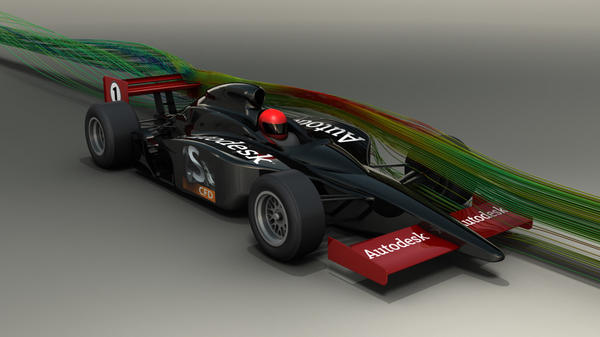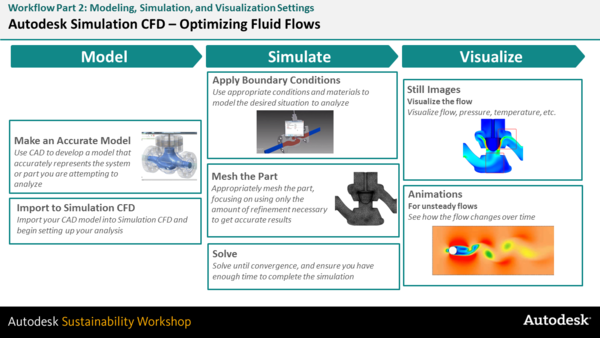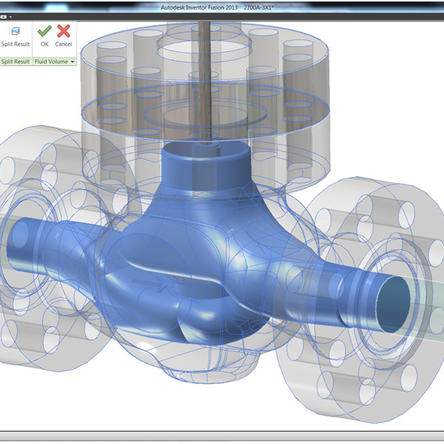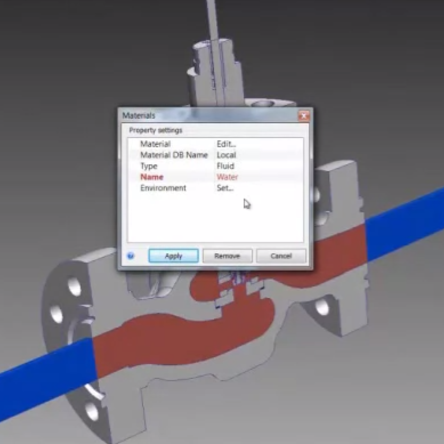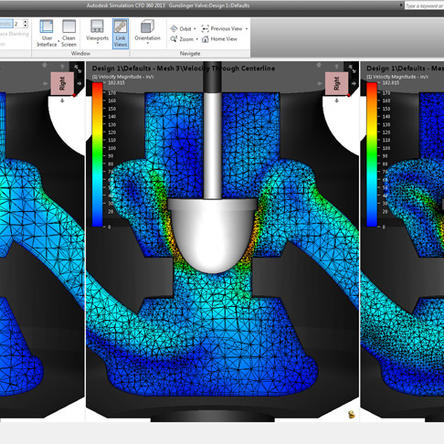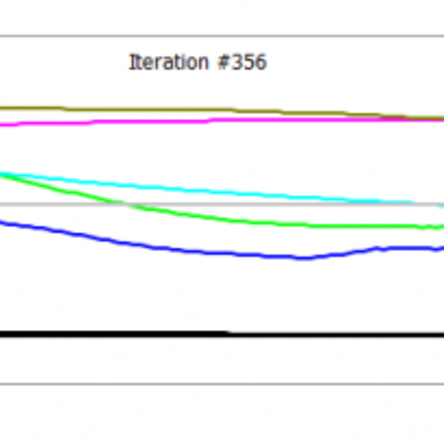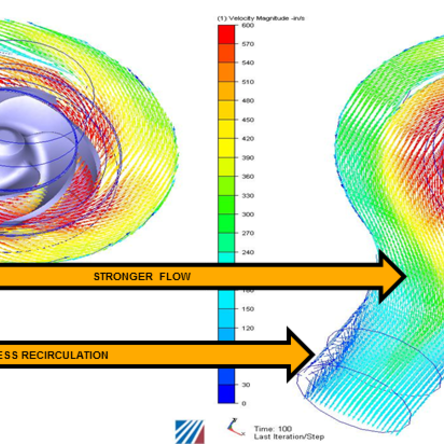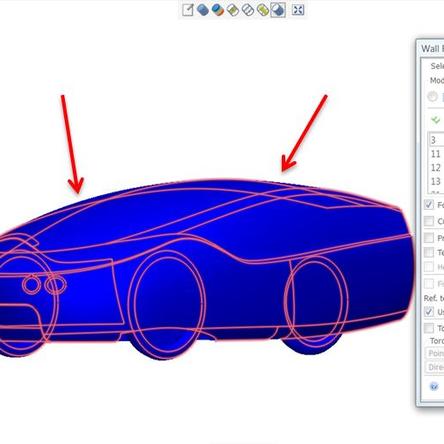You are here
Computational Fluid Dynamics (CFD) is the industry standard method for simulating the flow of gasses and liquids both through and around solid bodies (think of the flow around a car, or through a faucet).
CFD can be used to solve for very complex flows
Even the simplest of these fluid flow problems are prohibitively complicated to solve for by hand. For example, in 1953 M. Kawaguti spent 20 hours a week for 18 months to hand-calculate the flow around a cylinder. This problem can now be solved in minutes using CFD on readily accessible computing hardware.
CFD can in some ways be viewed as the fluid version of FEA in that it works by breaking up the problem space into discreet chunks (the mesh), applying materials and boundary conditions to each of these pieces, and solving them together numerically. CFD simulation works by iteratively solving mathematical approximations of the Navier-Stokes and Energy Equations to reach the solution. The software iterates these equations over the entire simulation model until an unchanging (converged) solution is attained.
If done correctly, this process yields extremely useful information on the flow characteristics of various design options (read some of NASA’s process for CFD). However, to be effective the CFD user, like the FEA user, requires experience and training.
If a CFD analysis is not set-up correctly, it can produce convincing results that are actually wrong. To prevent misleading results, users of CFD need to start with a firm understanding of the underlying physics, and the limitations of the simulation tool.
Perhaps the largest benefits of CFD are realized when it is used to comparatively test many design iterations, without the need for costly physical prototypes at each step. Often, it is most important to understand the basic behavior of the flow as your product changes, as opposed to getting the "exactly right answer."
To understand how to run valid CFD simulations, and get the most out of your analysis, it’s important to understand uncertainty and error. NASA has an excellent description of the difference between these two issues.
Uncertainty can be addressed by running multiple simulations with different models or slightly different inputs.
Errors can be either caused by the user or the software. Avoiding human errors comes with experience and avoiding software errors requires understanding how the tools work and knowing documented issues.
CFD, when used correctly, can both greatly reduce the amount of time it takes to bring a product to market and the environmental impact of that product. For these reasons CFD is an integral part of designing and creating sustainable products.
More resources
This website by André Bakker contains a great deal of fantastic information on CFD, especially his lectures page.

